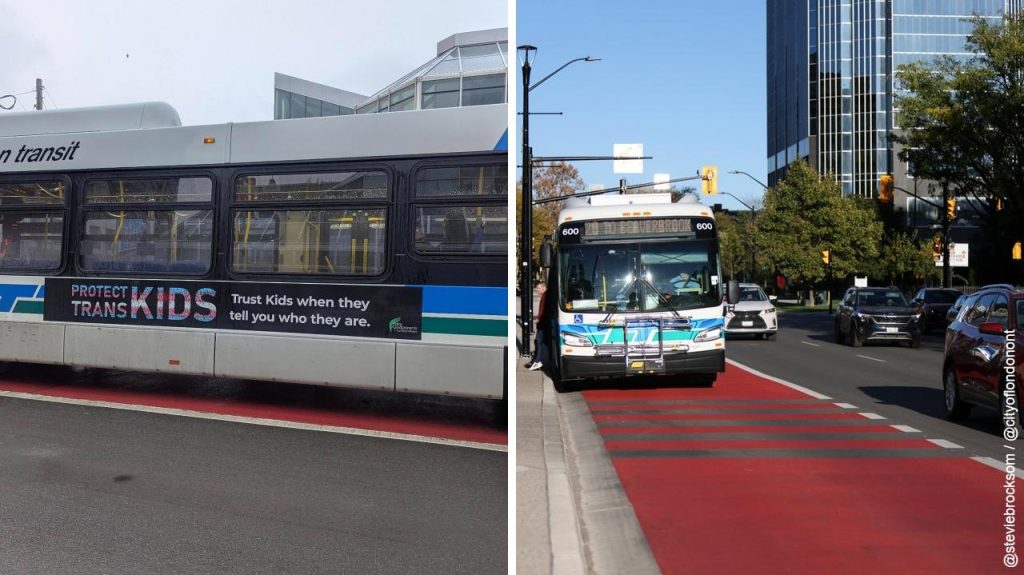The Route 19 bus has become the bane of existence for London transit users, with mounting frustrations over reliability issues that are forcing people to find alternative transportation methods.
Local residents are expressing growing exasperation with the Route 19’s unpredictable schedule, citing buses that arrive either significantly early or late, leaving passengers stranded at stops. One frustrated commuter shared their experience of missing work after waiting an hour for a bus that was scheduled to arrive in 20 minutes, ultimately having to call an Uber instead.
The timing issues appear particularly problematic when buses arrive ahead of schedule. Unlike other London Transit Commission routes that wait at stops when running early, the Route 19 has been observed departing before its scheduled time, leaving punctual passengers behind.
The route’s frequency is another major pain point for users. Operating on an unusual 32 to 37-minute schedule rather than standard intervals, the Route 19’s timing can confuse passengers expecting regular hourly service. A bus departing at 8:15 AM won’t return until 9:19 AM the following hour, creating gaps that don’t align with typical commuter expectations.
Service hours also present challenges, with weekday service ending before midnight, Saturday service concluding at 10:26 PM, and Sunday service wrapping up as early as 8:37 PM. These irregular cutoff times add another layer of complexity for riders planning their journeys.
The route’s design contributes significantly to its reliability problems. What appears as a single bus line actually combines what were previously three separate routes – the former Routes 19, 38, and 39. This consolidation means one bus must navigate an extensive loop covering much of the city, creating opportunities for delays to compound throughout the journey.
For residents in northwest London, particularly around Hyde Park and Oakridge areas, the Route 19 serves as the primary connection to major destinations like Masonville Mall, Walmart, and downtown core. Despite serving high-traffic locations, the route struggles with capacity issues, often running packed buses that still can’t meet demand.
The transportation challenges are particularly acute for students traveling between residential areas and Fanshawe College. What should be a quick 5-10 minute car trip between Fanshawe and Adelaide to the Walmart area can stretch to an hour and a half each way by bus, significantly impacting daily schedules.
Transit dependency in these areas creates additional hardships when the Route 19 fails to maintain its schedule. Residents without access to vehicles find themselves with limited alternatives, sometimes walking considerable distances when connections don’t align properly.
The lack of convenient fare payment infrastructure compounds the frustration. Unlike systems in other Ontario cities that offer multiple locations for card loading and balance checking, London Transit requires trips to limited office locations downtown or on Highbury for pass services.
Some transit users have turned to cycling as their primary transportation method, finding that biking can actually be faster than the Route 19 in many cases. The bus’s frequent stops and unpredictable timing make cycling a more reliable option for covering similar distances along major corridors like Dundas Street.
Local online discussions reveal that Route 19 problems have persisted for years, with long-time London residents noting that transit issues remain unchanged despite population growth in the northwest areas of the city. The route’s unreliability affects work commutes, shopping trips, and access to essential services for transit-dependent residents.

